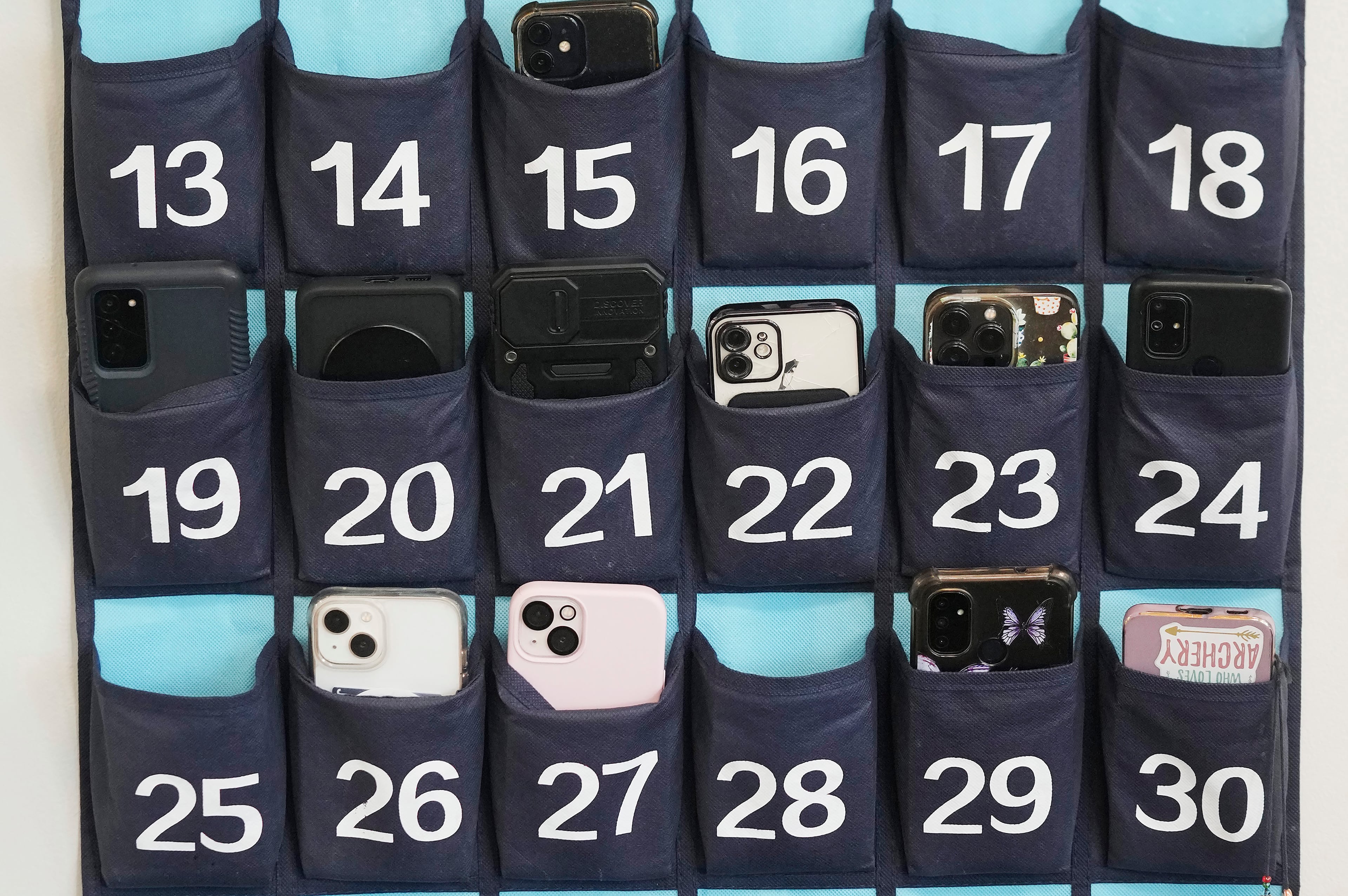CDC: Mold infection from hurricane cleanup can have 50% fatality rate

Careful with mold, it’s storm season.
As hurricane season approaches, the Atlanta-based U.S. Centers for Disease Control and Prevention is sharing lessons it learned from 2017's Hurricane Harvey. The CDC is concerned about people who are vulnerable to mold infections handling debris as they clean up after a storm.
They want people to wear gloves, boots, goggles and a respirator to clean up dangerous mold. But sometimes the very people who need it most don’t wear gear at all. The gear is called “personal protective equipment,” or PPE.
Some of those mold infections can have a fatality rate of 50%.
The CDC would prefer that vulnerable people, for example people with suppressed immune systems, not do mold cleanup at all. If people do, though, it’s important they use protective gear.
The health agency questioned several dozen people who cleaned up storm damage in Houston, perhaps just in their own homes, after Hurricane Harvey.
“Although federal agencies recommend that immunosuppressed persons avoid flooded and mold-contaminated buildings,” the CDC report said, “approximately half of survey participants engaged in cleanup activities, with approximately half of those who engaged in heavy cleanup and most of those engaged in light cleanup reporting not wearing respiratory protection.”
The people who did wear it had often heard about the necessity from television or a health worker.



